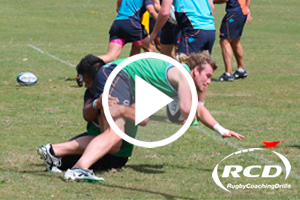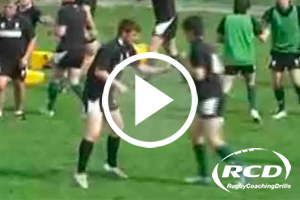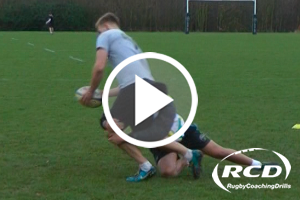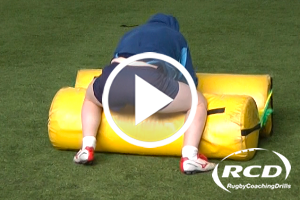
Coaching Safer Rugby
Coaching Safer Rugby
With the rise in negative press concerning career ending injuries, it is important to re-emphasize that Rugby is a safe game when well coached, when well refereed and when played safely.
As coaches, we have a duty of care ensuring we make our players AWARE of the constant danger from POOR TECHNIQUE. This video highlights how creating habit can lead to safer play!

This research targeted at injuries and rugby union and a simple online search gave quite a few examples of how good coaching and education of players would reduce injury rates significantly. I have looked at the research and then provided some short clips of good practice for you to think about.

For 1000s more videos like these register free here
The Fend is not allowed in several developmental age groups and there is some grounds for not allowing the fend, especially when the fend is to the head area. It seems the ball carrier can strike the head but not the tackler? Should we be coaching a safer option here?

Some of the more recent innovations in injury prevention has been the target areas, where we allow the tackle to be. Obviously not allowing head shots makes huge sense. However, if you lower the target area, coaches will look at lowering the ball carriers body height making it difficult to get into the proper position, increasing other injury risks. It seems obvious that we should be focusing on the leg tackle and providing safe alternatives to ball carriers with lower centre of gravities.

What has been rare in the last few years is the research into the amateur game. We get a lot of information on the pro-game and then are expected to believe it refers to the amateur code. Players in the amateur code have different challenges. As coaches in this population you need to think twice about certain tasks we expect our players to do without the necessary conditioning

In line with the core values, it is important that we provide our players with a set of behaviours that they take onto the playing field in training and the game. Very often we give them a set of aggressive behaviours in the game but passive ones in training and wonder why injury rates occur. We need to practice the tackle properly in training with the correct physical and mental mindset.

A question to finish, should we reduce training intensity so that we reduce risk of injuries in our training sessions? Would you ask a boxer to not practice all their techniques properly -as in in fight mode - no! Why? Because a boxer MUST prepare themselves properly.
If we reduce contacts and collisions to the extent that the only time they are getting these is in a game then don't be surprised if injuries increase... you MUST practice at match intensity, here techniques can be honed and players prepared properly.
If you are looking to set up a school or club account
with RCD then please get in touch with info@rugbycoachingdrills.com


